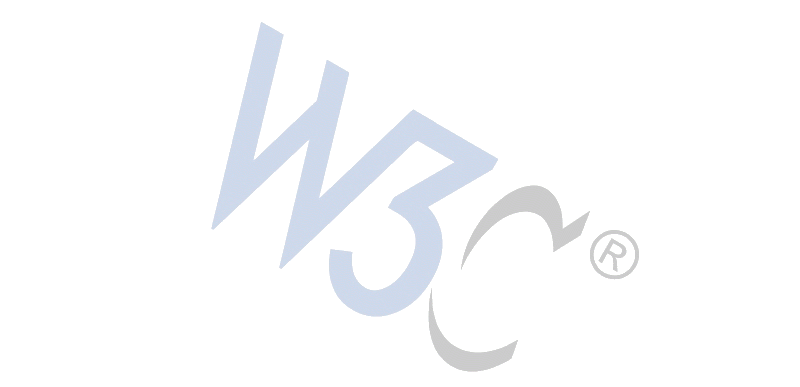HTML can be tricky, there are lots of little bugs and unexplained errors that can come up for most web designers. But for a website to run smoothly and fast, validating the website is essential. To do this, you need it to be checked by a credited validation service. The best one currently is: W3.org, the URL is: https://validator.w3.org/

Some programs have a basic version built in, like the Dream Weaver HTML Check Up, but nothing will work (to be honest) even close to W3.
Another trick is to try to stay away from tables, they might seem easy to work with, but they will make the page load slower and in some browsers shape differently. Scripts like WordPress and Drupal can help keep the code clean for you, too!
Good luck with your code and remember to have fun with web design, it shows in your work.
W3C stands for the World Wide Web Consortium. It is an international community where member organizations, staff, and the public work together to develop open standards for the World Wide Web. Founded in 1994 by Tim Berners-Lee, the inventor of the Web, the W3C’s mission is to lead the Web to its full potential by creating and promoting standards that ensure its long-term growth and interoperability.
The W3C develops and maintains a wide range of standards and guidelines that shape the Web’s technologies. These standards cover various aspects, including markup languages (HTML, XML), styling and presentation (CSS), accessibility, web architecture, web services, security, privacy, and much more. By establishing and promoting these standards, the W3C aims to ensure that the Web remains an open and accessible platform for everyone.
W3C standards are designed to be vendor-neutral and platform-independent. They are developed through a collaborative process that involves the participation of W3C member organizations, industry experts, and the public. The consortium publishes its standards as recommendations, which serve as guidelines for web developers and browser vendors to follow when creating websites, web applications, and web-related technologies.
In addition to standardization efforts, the W3C also engages in various outreach activities, such as conferences, workshops, and educational initiatives, to promote awareness and understanding of web standards among developers, businesses, and the public. By fostering cooperation and consensus among its diverse stakeholders, the W3C plays a crucial role in shaping the future of the World Wide Web and ensuring its global interoperability.

